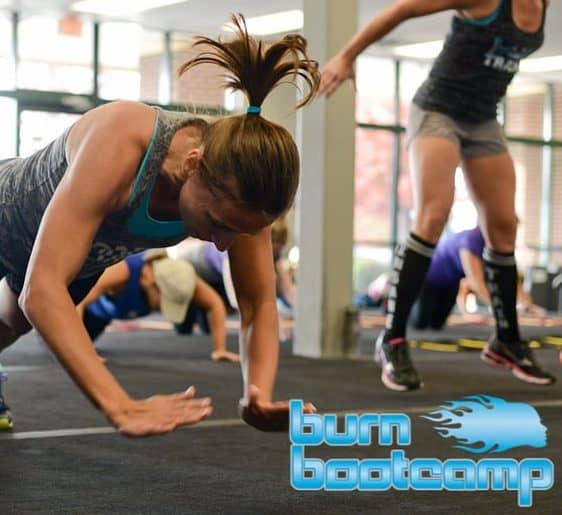Going to the doctor for a cold can be intimidating – going to the doctor for your reproductive health can be down right nerve racking. There are several questions that arise when I tell people that I do Pelvic Floor rehab like, “Why would someone do that when they can just do Kegels? Do you do internal pelvic floor exams? What is pelvic floor rehab anyways and why do I need it?” These are all awesome questions and I want to address them and a few others so that if YOU end up in my clinic, you will know what to expect and not have to fear the unknown.
Why would someone come to see me about strengthening their pelvic floor when they can just do Kegels?
This is a fair and justified question. Kegels train the pelvic floor isometrically – you squeeze, you hold, you let go, you repeat. Can you think of ANY other body part that you train that way? Hopefully the answer is, “No.” Our lives are nothing but a series of different types of movements that get us through our various activities each day. These movements are dynamic and multi-planer. To function properly, the pelvic floor needs the same type of training.
This really leads us to the next part of answering this question which is, “How does the pelvic floor work?” There are a few salient points to keep in mind with the pelvic floor and the way it works. First, it turns on before you do any other movement. You want to move you arm? Pelvic floor already activated before that arm even flinched. Second, most people don’t realize that the pelvic floor is part of a team that includes three other muscles: the diaphragm, Transversus Abdominus and Mulifidus. While the Multifidus helps support the back, the Diaphgram contracts and descends while creating intra-abdominal pressure that ultimately makes the stomach (Transversus Abdominus) poke out a bit and lightly stretches out the pelvic floor. When that breath is done, the elastic muscles of the pelvic floor and abdomen gently recoil back into place helping push up to assist the diaphragm. This is the dynamic relationship that exists and happens 14 times a minute for each and every one of us. It is this very relationship that needs to be taken into consideration when retraining the pelvic floor.
Do you do internal pelvic floor exams?
In a word, “No.” My wife strictly forbids it. As luck would have it, I don’t need to do internal exams to still be effective. I am still able to assess what the pelvic floor does by lightly palpating the tissue just to either side of the Anus. It should be noted this palpation is done outside the clothes.
What is pelvic floor rehab anyways and why do I need it?
Pelvic floor rehab is really the retraining of the pelvic floor muscles to work the way they did prior to injury, giving birth or dysfunction. Let’s try an experiment. Stand up and put all your weight through the heels without your toes coming off the floor. Now do a “Kegel.” Which portion of your pelvic floor contracted? Was it your Anus or was it the vaginal and urethral openings? Now lean forwards like you are skiing. In the leaning position, do another Kegel. Did that feel different? It probably did for two reasons: 1) the contraction this time was towards the front of the pelvic floor – the place we actually need to focus on. 2) It probably wasn’t nearly as strong as when you squeezed the back half of your pelvic floor while standing up straight. This is why so many women need pelvic floor rehab. They don’t know how to dynamically train the pelvic floor or even foster that awareness of the front half of the pelvic floor with the brain. Why? Because it is hard and we are just now starting to figure this stuff out 60+ years after the Kegel was invented. We have all been misinformed.
Why did leaning forwards increase my ability to contract my pelvic floor?
For many women, they have postural changes that occurred to them during pregnancy that they have adapted as their new norm. Typically this means the ribs face up towards the ceiling. This was the position your ribs needed to be in to allow enough room for your child. The second part of poor alignment that usually occurs is a posterior pelvic tilt. Essentially your butt is tucked under you giving the illusion of a “flat butt.” When you leaned forwards, your body naturally aligns itself. When the body is aligned, the four muscles we talked about earlier can work properly and poof! your pelvic floor started right up.
Summary
It is important to understand how the pelvic floor does not work by itself; it needs the help of three other muscle groups. Just trying to squeeze your pelvic floor back to original form is a total waste of time because A) you are probably squeezing the wrong part and B) it doesn’t work that way anyways. Your posture and breathing have a profound impact on whether or not the pelvic floor can stop leaks. And lastly, I don’t do internal pelvic exams. I hope this blog post gave a little more clarity and insight to what you should expect when you come to me for pelvic floor rehab.
If you have other questions that weren’t answered from this blog post or others, please feel free to call me on my personal cell phone 479-402-9400.




